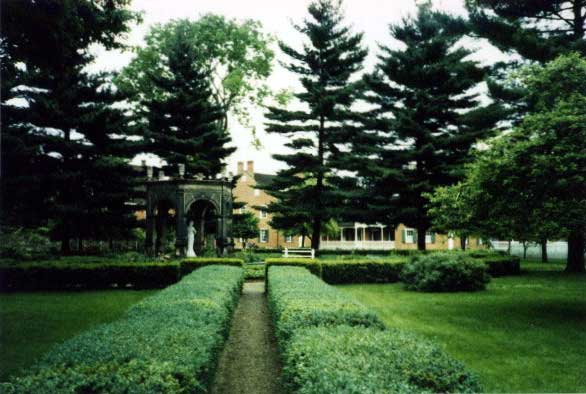

(1757-1847)
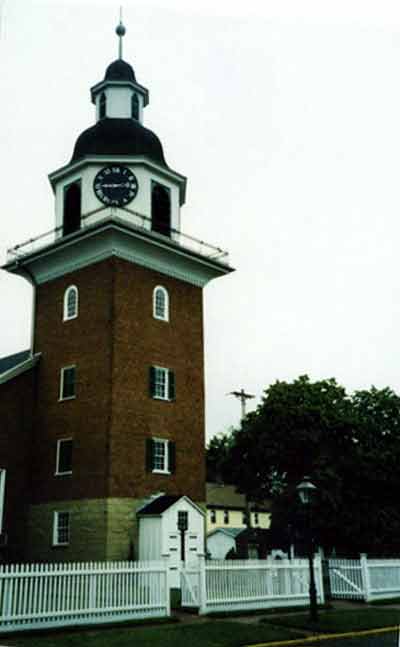
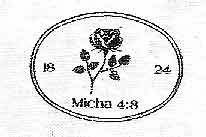
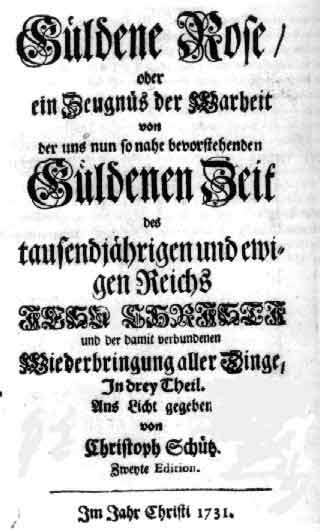
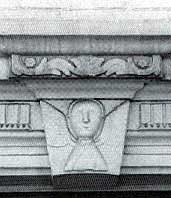
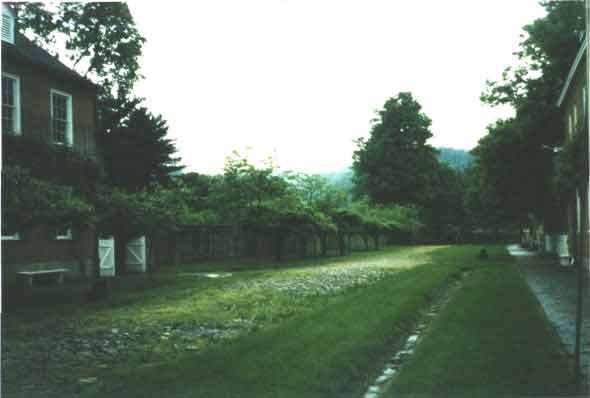
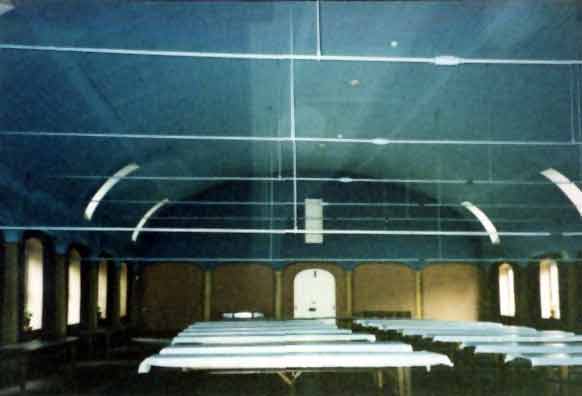
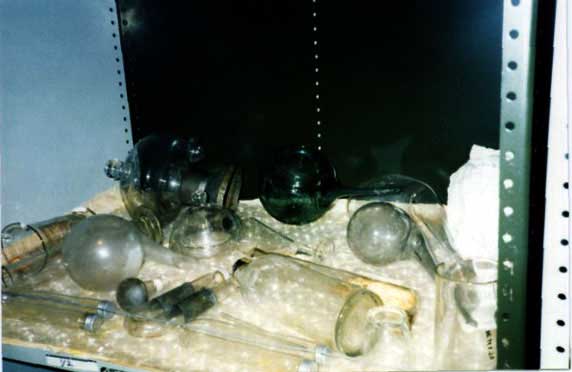
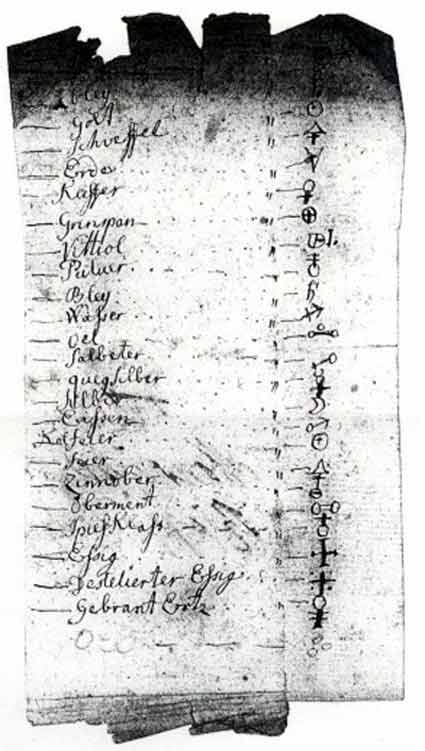
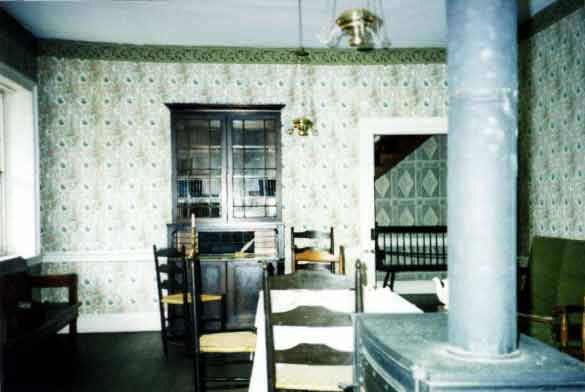

|
|
||||||||||||
 |
||||||||||||
| The main garden behind the Rapp great house in Economy, [Ambridge] Pennsylvania. Note the statue of Harmonia to the left, center. | ||||||||||||
 |
George Rapp (1757-1847) |
|||||||||||
 |
||||||||||||
 |
||||||||||||
|
|
||||||||||||
| The Harmonist Church in Economy, Pennsylvania, across the street from the main Rapp house. | ||||||||||||
 |
||||||||||||
 |
||||||||||||
|
|
||||||||||||
| The title page from The Golden Rose | ||||||||||||
 |
||||||||||||
|
|
||||||||||||
 |
||||||||||||
| Here the Harmonists celebrated their various festivals, including the February 15 celebration of the Society's founding, as well as the Agape, or Love-Offering. If one looks closely in this hall, one will find two small doors, one on each end, both fairly high above those inside, for which no one can now find any use. It is entirely possible that these small doors were used in theatrical aspects of these celebrations, corresponding in some respects to Masonic initiation rites, but this is only speculative. | ||||||||||||
 |
||||||||||||
| George Rapp himself was deeply engaged in laboratory work, particularly during the Harmony Society's years at Economy, but Rapp did not do this work in isolation. Some alchemical glassware is preserved at Economy, not all of it from the laboratory of Rapp himself. | ||||||||||||
 |
Alchemical notations found by the author in George Rapp's own copy of von Welling's Opus Mago-Cabalisticum at Old Economy, Pennsylvania. This is the first publication of this discovery. | |||||||||||
 |
||||||||||||
| The dining room of George Rapp in the great house, Economy, Pennsylvania. | ||||||||||||
 |
||||||||||||
| The Ambridge factory at the site of Economy - to the left are the buildings that housed Chinese workers. | ||||||||||||